When you go to concerts or shows you will often see huge spotlights shining onto the stage with different coloured cellophane taped over the front of the light.
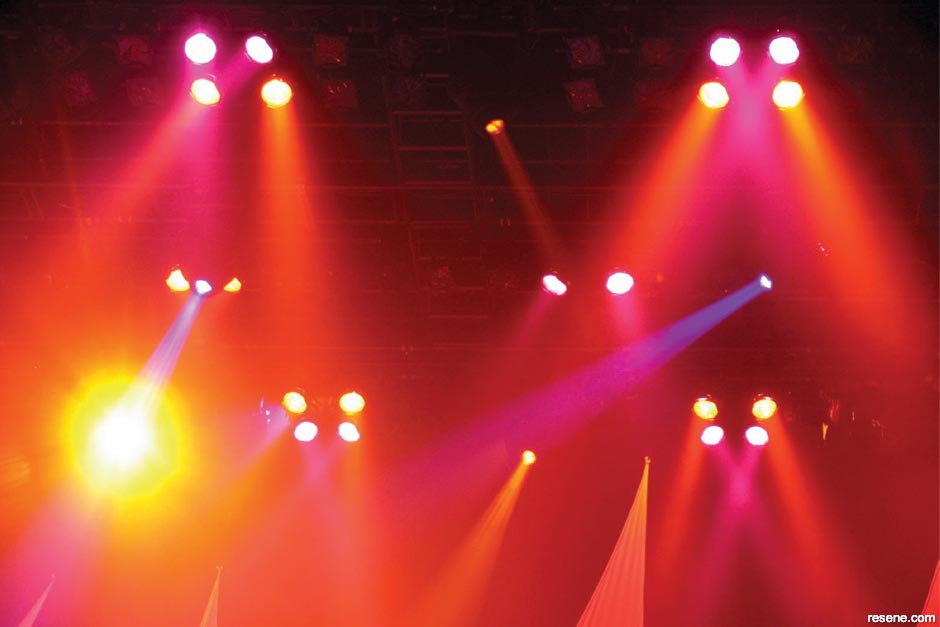
When each light is switched on and off it will appear different in colour to the other lights depending on what colour cellophane it has over it and what other colour lights it is mixed with.
The original light, which is white, will be filtered through the cellophane and will change colour to match the colour of the filter. For example if the cellophane on top of the light is red, then the white light will become red light.
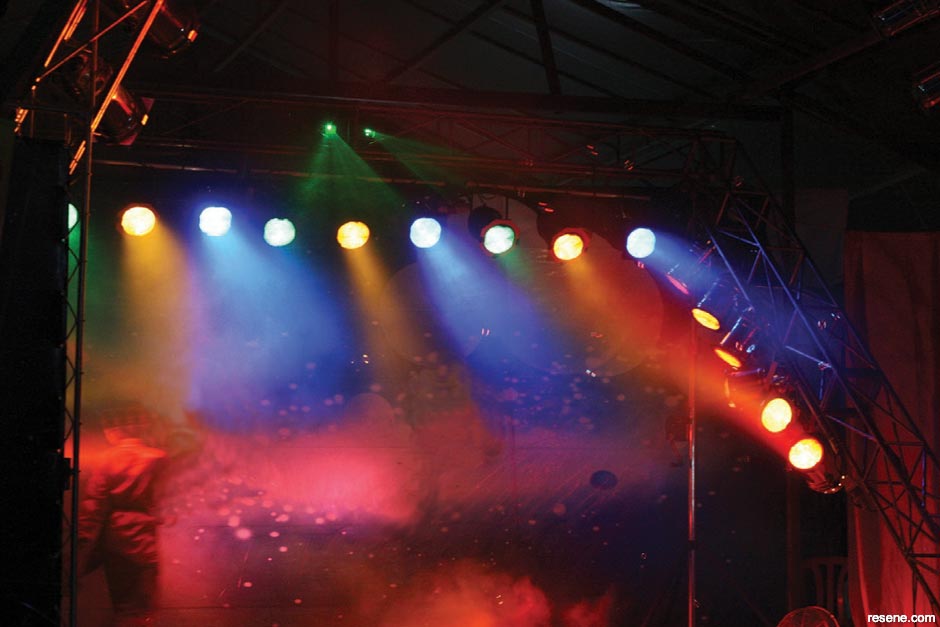
Objects that are transparent allow light to pass through them. The windows in houses are transparent, which means that we can see everything outside when we are sitting inside. These windows are usually clear so that what we see looks the same when we look through the window as what it would like like if we were standing outside.
Objects that are transparent and coloured will still allow light to pass through but will change the colour of things that you view through them.
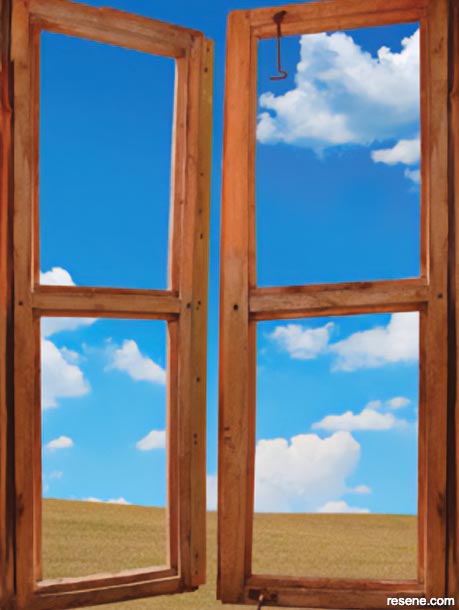
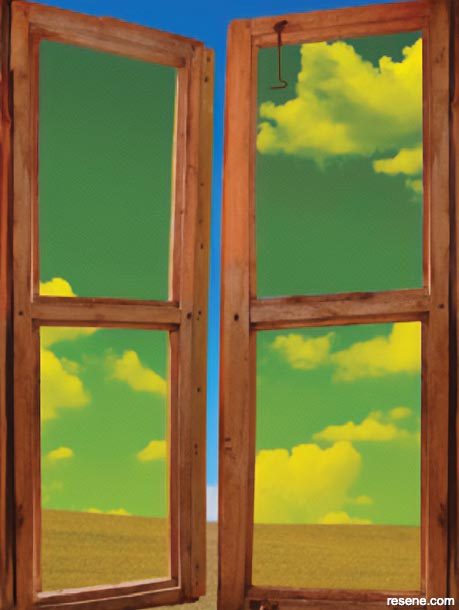
Look at something directly in front of you and write down what colour it is. Then hold up a piece of red cellophane in front of your face and look through at the same object. What colour is it now?
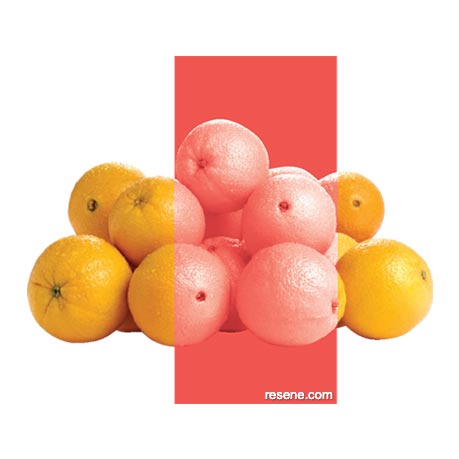
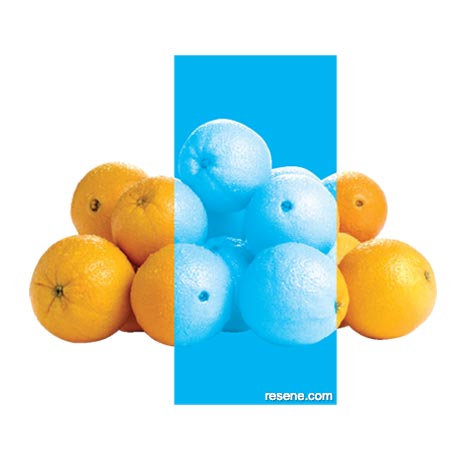
The red cellophane lets you see the object but filters the light so that all the light of the same colour comes through but other colours are blocked. If you use red cellophane, things will look red. If you use green cellophane, things will look green. This is because the red cellophane will filter out colours other than red, while the green cellophane will filter out colours other than green.
Try using other coloured transparent materials to see what happens. Then combine two colours, such as red cellophane and green cellophane, and see how this affects the colour.
Try making yourself a grid of colours. Get a piece of square cardboard and cut out the middle. Get four different coloured cellophanes and cut them into two strips. Stick each strip onto a piece of cardboard so that the middle of the strip runs across the area where you have cut out the square. Leave a gap of 4cm at the top of the strips.
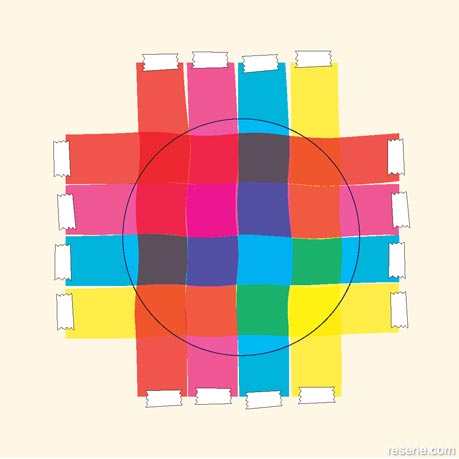
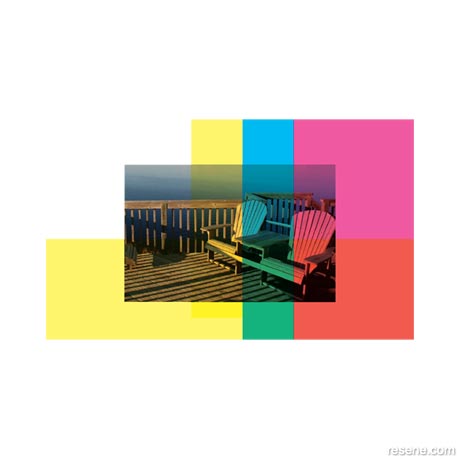
With the second strip of colours, place them at a 90º angle to the existing strips and weave them in and out of the existing strips. Tape down each strip with sticky tape.
Hold up your grid of colours in front of your eyes and try looking at objects through different parts of the grid. When you have two pieces of the same colour cellophane in the same place the object behind them will look much darker than when you just have one piece of cellophane.
For example, one piece of yellow cellophane will make an object behind it look yellow. Two pieces of yellow cellophane will make the object look more yellow.
Try viewing objects through different parts of the grid of colours and see how the combinations of cellophane colours change the colour of the object. Keep a record of what you see.
Make a pair of coloured glasses. Cut a glasses shape out of cardboard to fit your head. Stick blue cellophane over one eyehole using sticky tape to hold down the edges and red cellophane over the other eyehole. Then put them on. The eye with the red cellophane covering it will see everything in shades of red, while the eye with blue cellophane will see everything in shades of blue. Try making a second pair of glasses and swapping the coloured cellophane over. Then put both pairs of glasses on at the same time. What can you see now?
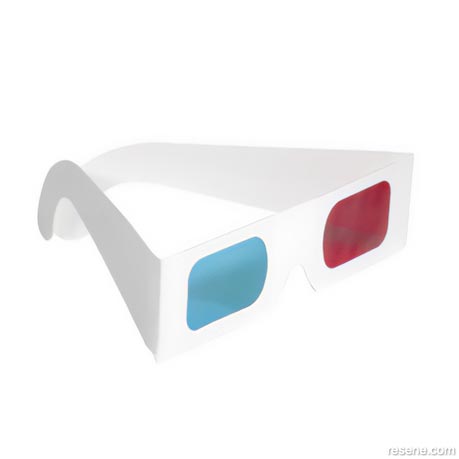
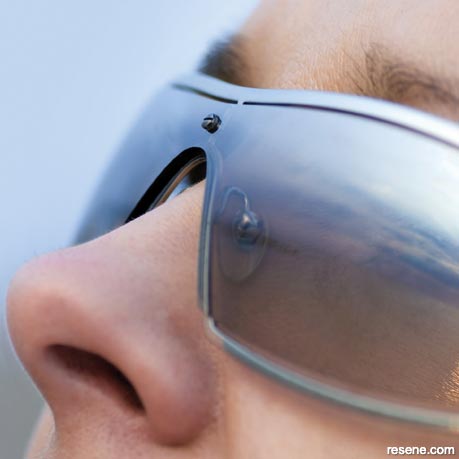
In summer the bright sun can seem bright to our eyes, so many people wear sunglasses. Sunglasses also act as a filter but instead of filtering out specific colours they filter out the glare of the sun, which makes it easier for people to see without them needing to squint. It also protects eyes from sun damage.
On a bright sunny day, sit outside and look at something in front of you. Then put on a pair of sunglasses and look at the object again. How does it look different? The object will be easier to see with the sunglasses on as the glare will be filtered out and you can focus on the colours of the object.
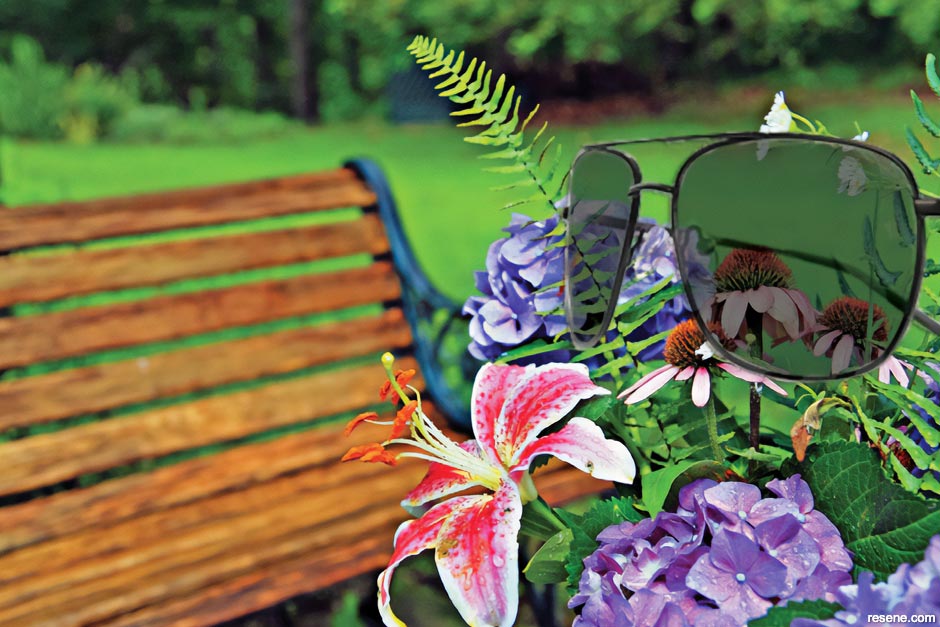
Even though they are called sunglasses, they are not designed for you to look at the sun as this can damage your eyes, so make sure you only look at things on the same level as you are sitting.
Different sunglasses will make things look different, so it is best to make sure you remove sunglasses when you are clothes shopping otherwise you may be disappointed in the clothes you have picked. When you wear sunglasses inside, everything will seem very dark. This is because there is less light. The sunglasses are filtering out some of the light so you have much less light left to see things.
PDF downloads:
The Resene Everywhere colour series
Learn about colour! The Everywhere colour series is designed for children and will cover lots of things about colour and has projects you can try out for yourself to find out how things work. Colour is magical and lots of fun to experiment with... enjoy!